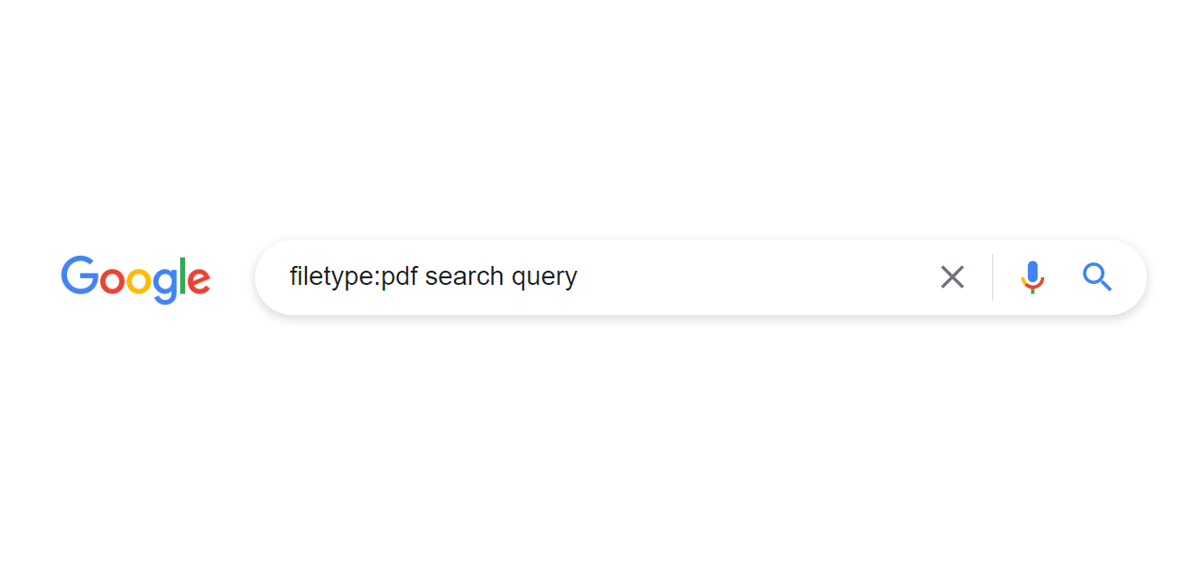


Note the dollar signs ($) inserted in the range references. In this example where we’re searching for duplicates in column A, the formula is “ =COUNTIF($A$1:$A$1000, $A1)>1” The general form of this formula is “=COUNTIF( RangeToSearch, FirstCellOfRange )>1” where the RangeToSearch should be the entire range we’re checking for duplicates and FirstCellOfRange is the first cell in that range. This is where we’ll enter the formula to check for duplicates. Click on this dropdown and choose the bottom option: “Custom formula is”.Īn empty field will appear below the dropdown. Under Format rules, you’ll see a dropdown for Format cells if. Next, click on the Format menu and select Conditional Formatting to open the Conditional Formatting sidebar Step 3Ī new default conditional formatting rule will be added to the selected range Step 4 To select the entire column, click on the column letter at the top of the column.įor this example, we will selected the range A1:A1000 to look for duplicates in column A Step 2 Usually this will be a single column of data such as a list of users, products, locations, etc. Select the range in which you want to find duplicates. Using Conditional Formatting to Highlight Duplicatesįollow these steps to add a conditional formatting rule that highlights duplicates: Step 1 Duplicates can then be seen easily as you scroll through your data. The quickest way to find duplicates is to add a conditional formatting rule which highlights all duplicates in the sheet. Having incorrect data of any kind in your spreadsheet can cause problems, so it’s important to find any duplicates in your spreadsheet so you can decide how to fix the issue. If you work with a lot of data in Google Sheets, you’ve probably worked on spreadsheets with accidental duplicate entries. Using Conditional Formatting to Highlight Duplicates.How To Find Duplicates In Google Sheets.


 0 kommentar(er)
0 kommentar(er)
